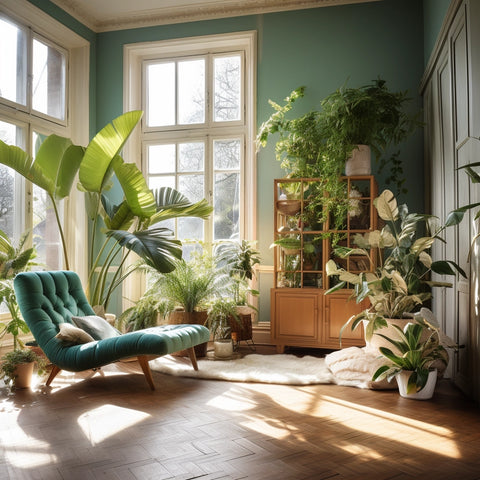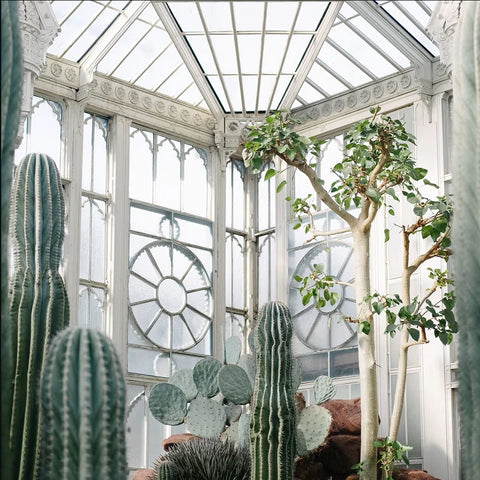In the quest for a sanctuary that not only prioritizes physical and mental well-being but also fosters a connection with the natural world, the concept of biophilic interior design emerges as a transformative approach. In this guide, we will explore the essence of biophilia, delve into its impact on health and creativity, showcase remarkable instances of biophilic architecture, and provide insights on integrating this design philosophy into your living space.

Understanding Biophilic Design
Biophilia, derived from "love of life" or "love of nature," originated in the 1970s as the notion that humans possess an inherent inclination to seek connections with the natural world. Biophilic interior design, simply put, involves weaving nature into the fabric of our indoor environment.
For those who revel in the joy of a day spent outdoors, research reveals that a home designed with biophilic principles can significantly enhance overall health and well-being. By reducing anxiety levels and fostering heightened concentration and creativity, such spaces become sanctuaries for holistic living.
The Impact of Biophilia on Health and Creativity
As we navigate a predominantly indoor existence (about 90% of our lives), the need to emulate outdoor elements within our living spaces becomes increasingly evident. Beyond aesthetics, biophilic design contributes to physical and mental health, offering a sense of connectedness to nature.
Studies suggest that exposure to natural elements within living spaces can lead to improved air quality, reduced stress levels, and enhanced cognitive function. The incorporation of greenery, natural light, and organic materials creates an environment that nurtures overall well-being. Imagine a living room bathed in natural light, adorned with plants, and featuring materials reminiscent of the great outdoors—a space designed to rejuvenate the mind, body, and soul.
![]()
Showcasing Biophilic Architecture
In the urban landscape, architects are embracing biophilic principles, transforming buildings into living, breathing entities that echo the beauty of the natural world. One notable example is the Bosco Verticale in Milan, a residential marvel adorned with verdant plants on every balcony, seamlessly merging architecture with nature.
Singapore's Jewel Changi Airport stands as another testament to the integration of nature into architectural design. A stunning indoor garden spanning five storeys captivates visitors, offering a harmonious blend of the built environment and lush greenery.
Inspirational Spaces: 1 Hotel Central Park, New York
For those seeking firsthand inspiration in biophilic interior design, a visit to 1 Hotel Central Park in New York proves enlightening. Designed by studio AvroKO, the hotel emphasizes a conscious approachability, celebrating natural materials in their raw forms. This establishment serves as a living example of how biophilic elements can be seamlessly integrated into a commercial space, offering guests a retreat in the heart of the city.

Practical Tips for Infusing Biophilia Into Your Home
As we look ahead to our next blog article, we will provide practical tips on integrating biophilic design into your home. From selecting nature-inspired color palettes to incorporating organic textures and patterns, we will guide you on a journey to create a space that not only reflects your connection with nature but also promotes a harmonious and healthy lifestyle.
Conclusion
Biophilic interior design transcends traditional notions of aesthetics—it is a philosophy that seeks to enhance the human experience by bringing the healing power of nature into our daily lives. Whether you are revamping your living room, designing a workspace, or contemplating a larger architectural project, the principles of biophilia offer a roadmap to create spaces that resonate with the essence of the natural world. Stay tuned for more insights and tips as we explore the transformative potential of biophilic design in our upcoming articles. Join us on this journey toward creating environments that not only captivate the senses but also nurture the well-being of those who inhabit them.